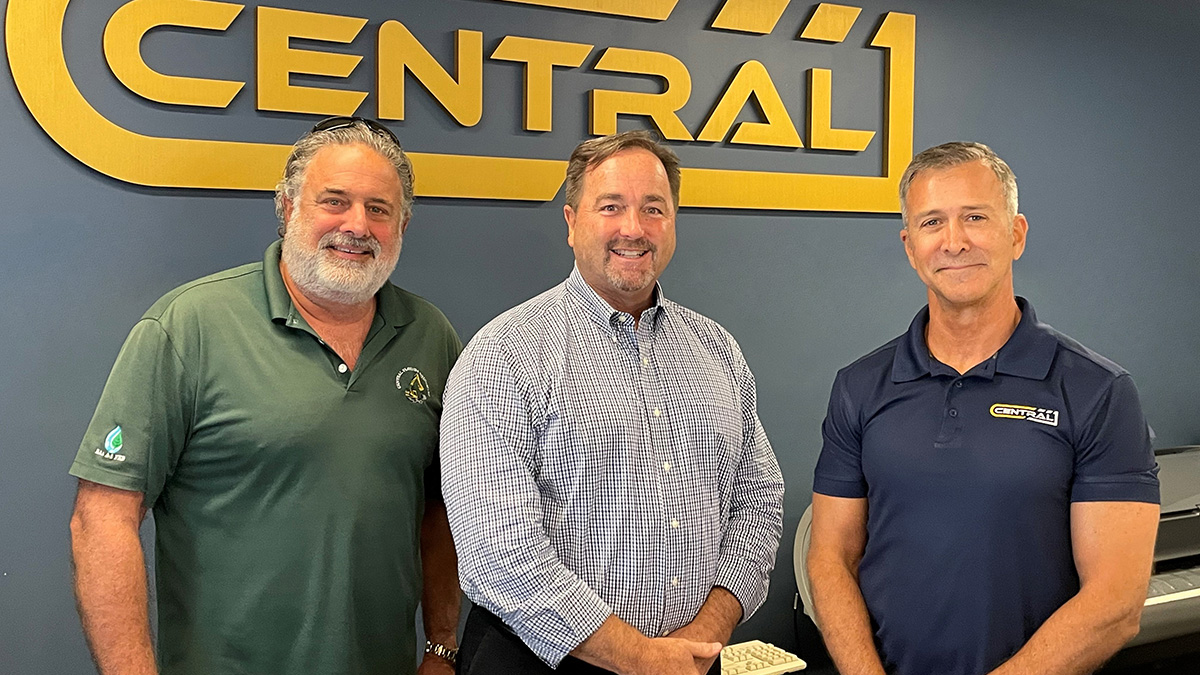It’s been months since your city’s latest construction project began, and there’s little progress to show for it. The dug-up highway, bright orange traffic cones, and endless stream of equipment and construction workers seem like they’re here to stay. If you’re wondering why road construction takes so long, this brief explanation will help describe some of the barriers that construction workers and project planners face.
The Dreaded Red Tape
Major construction projects need to pass stringent regulations and acquire the approval of several government agencies. The Environmental Protection Agency (EPA) needs to consider the proposed project’s potential environmental impact, while the Occupational Safety and Health Administration (OSHA) is required to evaluate safety conditions and other worker-related guidelines.
Due to strict regulations, incorporating overtime into a construction project can be costly. This means that workers tend to work shorter hours over a longer stretch of days-which extends the amount of time a project takes to complete but lessens its overall price tag.
In addition to flawlessly passing state and federal guidelines, the proposed construction needs to receive full federal funding. The Federal Highway Administration (FHWA) evaluates a project’s planning, cost estimation, and risk identification before awarding the funds.
When it comes to funding, the government rarely pays the full amount upfront. If payments to the contracting company are delayed, roadwork is halted. On certain occasions, project funding will fall through. Until the contractors can resecure funding, construction is put indefinitely on hold.
More Than Just Pavement
Roadwork involves more than pouring a fresh layer of asphalt. Construction workers tend to drainage inlets, curbs, reflectors, stripes, and guard rails in addition to cracks and potholes in the road’s surface. The maintenance or replacement of these additional road fixtures adds several days-if not weeks-to a project’s timeline.
Pavement can’t just be poured and left to dry, either. It needs to be spread evenly between lanes to prevent the formation of unwanted and hazardous bumps. To avoid future issues, all roadwork needs to be done gradually and with the utmost care. This truly is the key to effective pavement preservation.
Safety Precautions and Hazardous Conditions
Construction sites need to be equipped with adequate safety precautions, like barriers, traffic cones, and additional signage. Setting up the appropriate safety equipment takes a decent amount of time, especially when the construction site spans several miles. Barriers and cones need to be rearranged throughout the process, depending on the section of the road that’s being worked on. In addition, if any businesses are operating in close proximity to the construction sites, they can hire signage services like those provided by this signage in brisbane provider. This can add a layer of caution in advance.
Moreover, it is also recommended that workers in the construction and traffic industries have completed a work health and safety course as an additional safeguarding measure. Correspondingly, if you would like to learn more about the topics that are included in a Work health and safety course Melbourne is home to some fantastic educational facilities that can provide further details.
Hazardous conditions are a massive factor in why road construction takes so long. Large, unwieldy equipment, congested traffic, and inclement weather can all cause delays in construction. There’s a long list of potential hazards for workers in road construction, which means they’re constantly alert and on their toes. Frequent physical and mental exhaustion paired with shorter workdays contribute to significant slowdowns and delays in the project’s timeline.














 Deering Estate
Deering Estate
 Massage Envy South Miami
Massage Envy South Miami
 Calla Blow Dry
Calla Blow Dry
 My Derma Clinic
My Derma Clinic
 Sushi Maki
Sushi Maki
 Sports Grill
Sports Grill
 The Healthy Kitchen
The Healthy Kitchen
 Golden Rule Seafood
Golden Rule Seafood
 Malanga Cuban Café
Malanga Cuban Café

 Kathleen Ballard
Kathleen Ballard
 Panter, Panter & Sampedro
Panter, Panter & Sampedro
 Vintage Liquors
Vintage Liquors
 The Dog from Ipanema
The Dog from Ipanema
 Rubinstein Family Chiropractic
Rubinstein Family Chiropractic
 Your Pet’s Best
Your Pet’s Best
 Indigo Republic
Indigo Republic




 ATR Luxury Homes
ATR Luxury Homes


 2112 Design Studio
2112 Design Studio
 Hamilton Fox & Company
Hamilton Fox & Company
 Creative Design Services
Creative Design Services
 Best Pest Professionals
Best Pest Professionals
 HD Tree Services
HD Tree Services
 Trinity Air Conditioning Company
Trinity Air Conditioning Company
 Cisca Construction & Development
Cisca Construction & Development
 Mosquito Joe
Mosquito Joe
 Cutler Bay Solar Solutions
Cutler Bay Solar Solutions


 Miami Royal Ballet & Dance
Miami Royal Ballet & Dance
 Christopher Columbus
Christopher Columbus
 Pineview Preschools
Pineview Preschools
 Westminster
Westminster
 Carrollton
Carrollton
 Lil’ Jungle
Lil’ Jungle
 Frost Science Museum
Frost Science Museum
 Palmer Trinity School
Palmer Trinity School
 South Florida Music
South Florida Music
 Pinecrest Orthodontics
Pinecrest Orthodontics
 Dr. Bob Pediatric Dentist
Dr. Bob Pediatric Dentist
 d.pediatrics
d.pediatrics
 South Miami Women’s Health
South Miami Women’s Health

 The Spot Barbershop
The Spot Barbershop
 My Derma Clinic
My Derma Clinic




 Miami Dance Project
Miami Dance Project

 Rubinstein Family Chiropractic
Rubinstein Family Chiropractic
 Indigo Republic
Indigo Republic

 Safes Universe
Safes Universe
 Vintage Liquors
Vintage Liquors
 Evenings Delight
Evenings Delight





 Atchana’s Homegrown Thai
Atchana’s Homegrown Thai
 Baptist Health South Florida
Baptist Health South Florida

 Laser Eye Center of Miami
Laser Eye Center of Miami
 Visiting Angels
Visiting Angels
 OpusCare of South Florida
OpusCare of South Florida

 Your Pet’s Best
Your Pet’s Best





 HD Tree Services
HD Tree Services
 Hamilton Fox & Company
Hamilton Fox & Company


 Creative Design Services
Creative Design Services